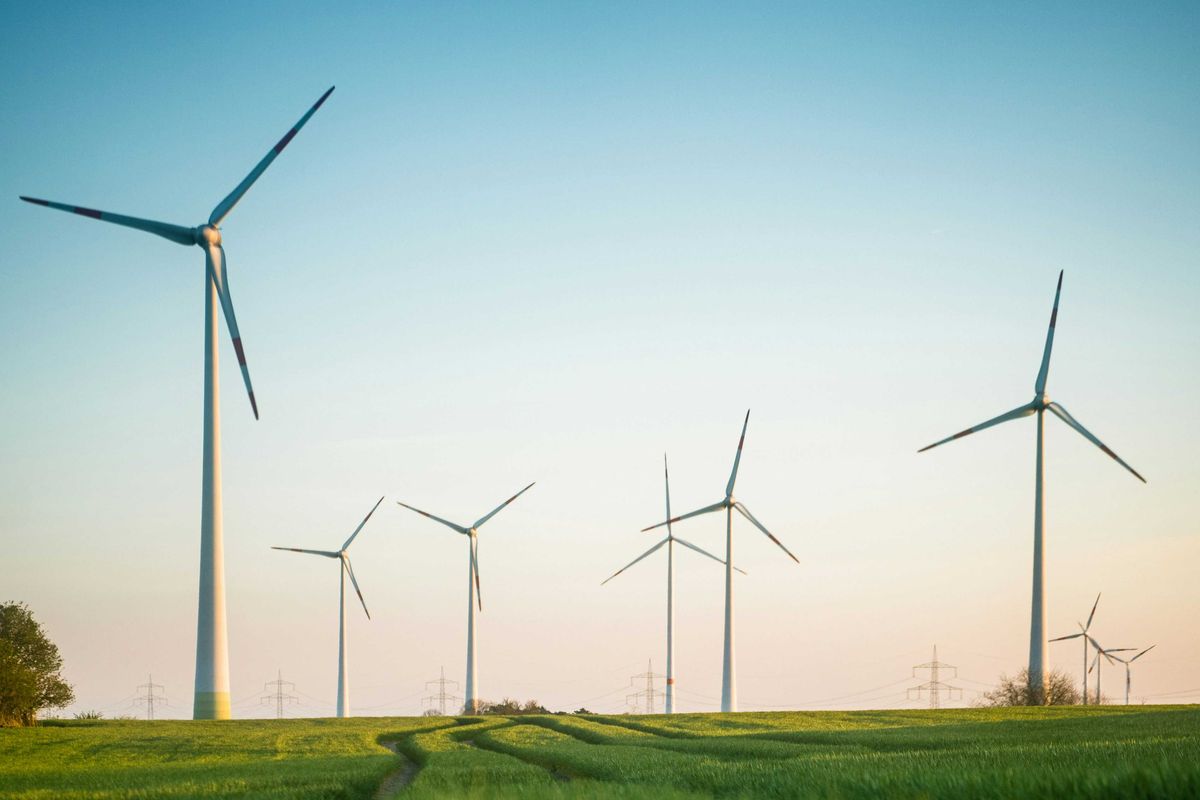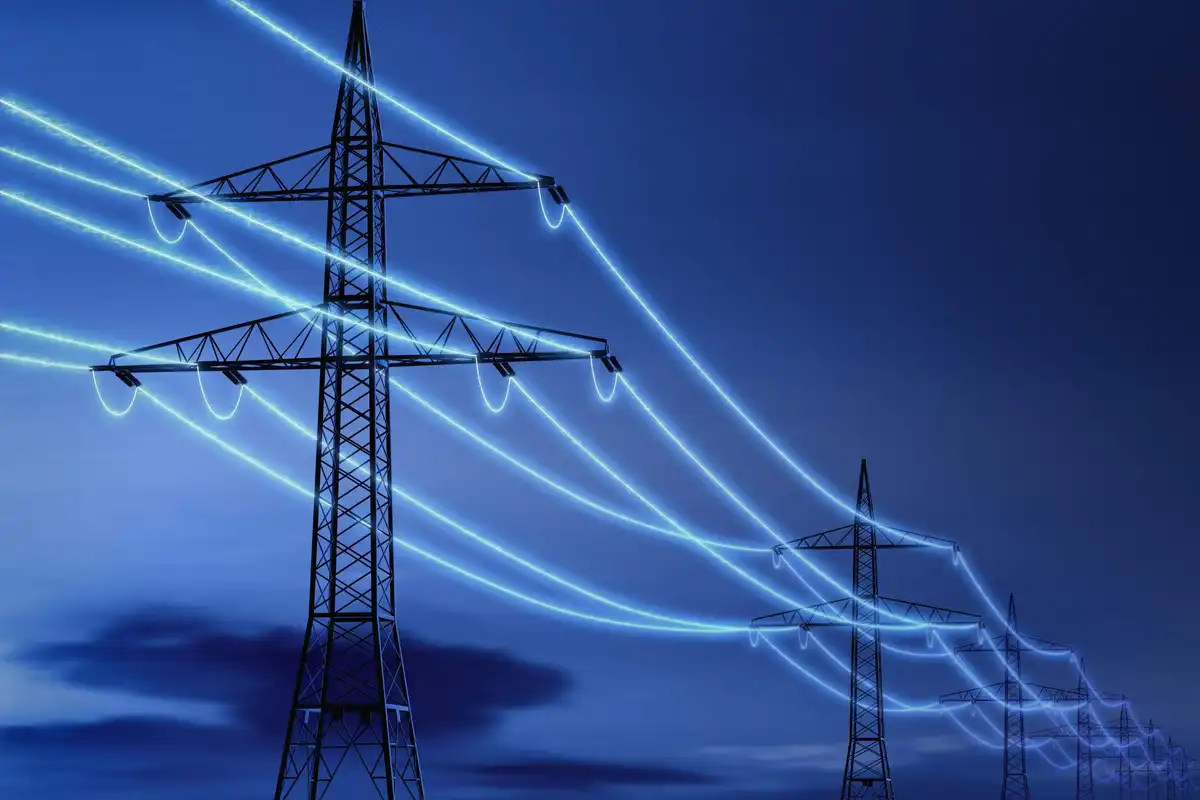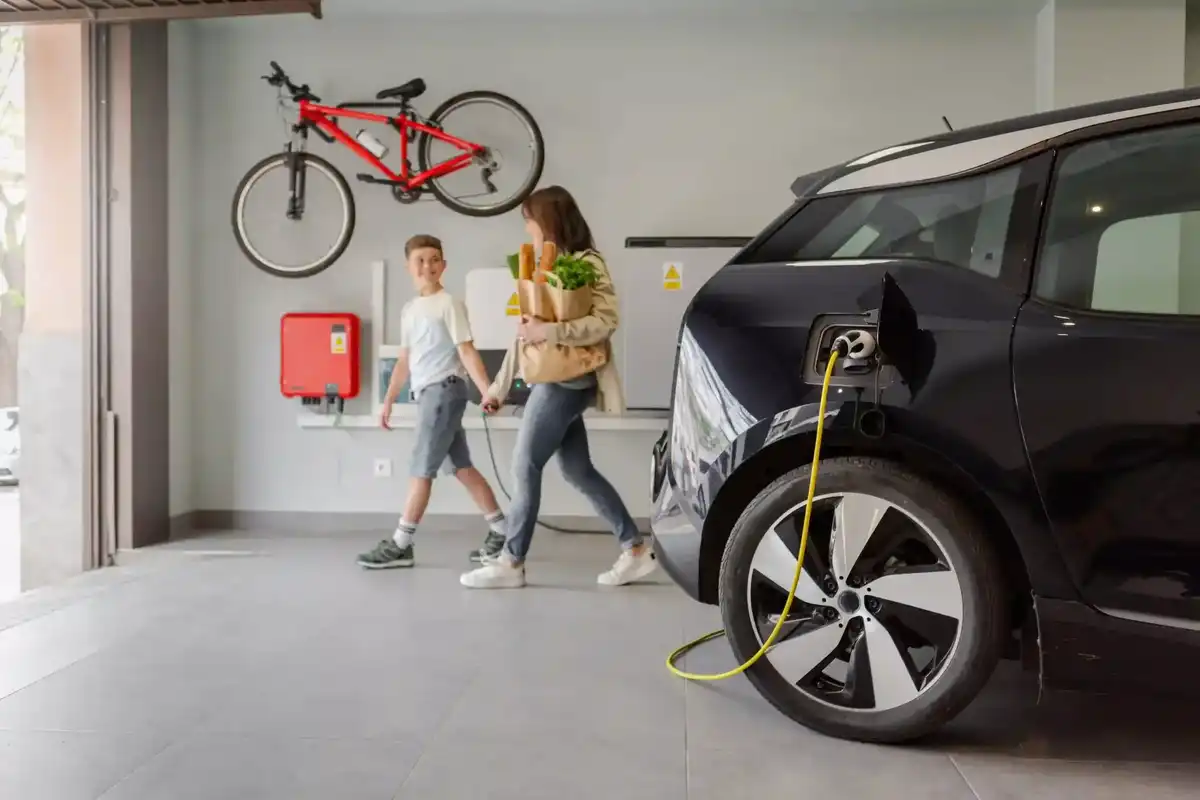Texas has spent the past five years racing to strengthen its electric grid after Winter Storm Uri exposed just how vulnerable it was. Billions have gone into new transmission lines, grid hardening, and a surge of renewables and batteries. Those moves have made a difference, we haven’t seen another systemwide blackout like Uri, but the question now isn’t what’s been done, it’s whether Texas can keep up with what’s coming.
Massive data centers, electric vehicles, and industrial projects are driving electricity demand to unprecedented levels. NERC recently boosted its 10-year load forecast for Texas by more than 60%. McKinsey projects that U.S. electricity demand will rise roughly 40% by 2030 and double by 2050, with data centers alone accounting for as much as 11-12% of total U.S. electricity demand by 2030, up from about 4% today. Texas, already the top destination for new data centers, will feel that surge at a greater scale.
While the challenges ahead are massive and there will undoubtedly be bumps in the road (some probably big), we have an engaged Texas legislature, capable regulatory bodies, active non-profits, pragmatic industry groups, and the best energy minds in the world working together to make a market-based system work. I am optimistic Texas will find a way.
Why Texas Faces a Unique Grid Challenge
About 90% of Texas is served by a single, independent grid operated by ERCOT, rather than being connected to the two large interstate grids that cover the rest of the country. This structure allows ERCOT to avoid federal oversight of its market design, although it still must comply with FERC reliability standards. The trade-off is limited access to power from neighboring states during emergencies, leaving Texas to rely almost entirely on in-state generation and reserves when extreme weather hits.
ERCOT’s market design is also different. It’s an “energy-only” market, meaning generators are paid for electricity sold, not for keeping capacity available. While that lowers prices in normal times, it also makes it harder to finance backup, dispatchable generation like natural gas and batteries needed when the wind isn’t blowing or the sun isn’t shining.
The Risks Mounting
In Texas, solar and wind power supply a significant percentage of electricity to the grid. As Julie Cohn, a nonresident scholar at the Baker Institute, explains, these inverter‑based resources “connect through power electronics, which means they don’t provide the same physical signals to the grid that traditional generators do.” The Odessa incidents, where solar farms tripped offline during minor grid disturbances, showed how fragile parts of this evolving grid can be. “Fortunately, it didn’t result in customer outages, and it was a clear signal that Texas has the opportunity to lead in solving this challenge.”
Extreme weather adds more pressure while the grid is trying to adapt to a surge in use. CES research manager Miaomiao Rimmer notes: “Hurricane frequencies haven't increased, but infrastructure and population in their paths have expanded dramatically. The same hurricane that hit 70 years ago would cause far more damage today because there’s simply more in harm’s way.”
Medlock: “Texas has made significant strides in the last 5 years, but there’s more work to be done.”
Ken Medlock, Senior Director of the Center for Energy Studies at Rice University’s Baker Institute, argues that Texas’s problem isn’t a lack of solutions; it’s how quickly those solutions are implemented. He stresses that during the January 2024 cold snap, natural gas kept the grid stable, proving that “any system configuration with sufficient, dispatchable generation capacity would have kept the lights on.” Yet ERCOT load has exceeded dispatchable capacity with growing frequency since 2018, raising the stakes for future reliability.
Ken notes: “ERCOT has a substantial portfolio of options, including investment in dispatchable generation, storage near industrial users, transmission expansion, and siting generation closer to load centers. But allowing structural risks to reliability that can be avoided at a reasonable cost is unacceptable. Appropriate market design and sufficient regulatory oversight are critical.” He emphasizes that reliability must be explicitly priced into ERCOT’s market so backup resources can be built and maintained profitably. These resources, whether natural gas, nuclear, or batteries, cannot remain afterthoughts if Texas wants a stable grid.
Building a More Reliable Grid
For Texas to keep pace with rising demand and withstand severe weather, it must act decisively on multiple fronts, strengthening its grid while building for long-term growth.
- Coordinated Planning: Align regulators, utilities, and market players to plan decades ahead, not just for next summer.
- Balancing Clean and Reliable Power: Match renewable growth with flexible, dispatchable generation that can deliver power on demand.
- Fixing Local Weak Spots: Harden distribution networks, where most outages occur, rather than focusing only on large-scale generation.
- Market Reform and Technology Investment: Price reliability fairly and support R&D to make renewables strengthen, not destabilize, the grid.
In Conclusion
While Texas has undeniably improved its grid since Winter Storm Uri, surging electricity demand and intensifying weather mean the work is far from over. Unlike other states, ERCOT can’t rely on its neighbors for backup power, and its market structure makes new dispatchable resources harder to build. Decisive leadership, investment, and reforms will be needed to ensure Texas can keep the lights on.
It probably won’t be a smooth journey, but my sense is that Texas will solve these problems and do something spectacular. It will deliver more power with fewer emissions, faster than skeptics believe, and surprise us all.
-----------
Scott Nyquist is a senior advisor at McKinsey & Company and vice chairman, Houston Energy Transition Initiative of the Greater Houston Partnership. The views expressed herein are Nyquist's own and not those of McKinsey & Company or of the Greater Houston Partnership. This article originally appeared on LinkedIn.








 Air Liquide and Hyundai agreed to expand hydrogen refuelling networks, storage capacity and more at a meeting in Seoul last week. Photo courtesy Air Liquide.
Air Liquide and Hyundai agreed to expand hydrogen refuelling networks, storage capacity and more at a meeting in Seoul last week. Photo courtesy Air Liquide.
